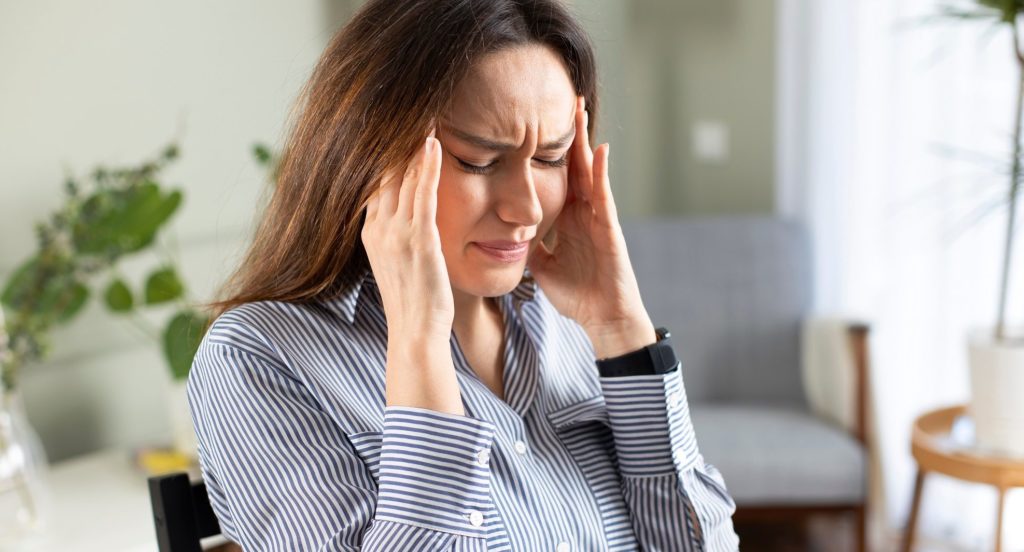If migraines are part of your life, you know they’re much more than bad headaches—they get in the way of the activities you love.
Of the more than 29 million Americans living with migraines, approximately 75% are women, according to the federal Office on Women’s Health.
Brush up on your knowledge of migraines with these facts:
- Migraines fall into two main categories. Migraines can occur with symptoms called aura—these can include visual disturbances, trouble speaking or weakness on one side of the body—before, during or after headache pain. More commonly, migraines happen without aura.
- Symptoms can be severe. Intense, throbbing pain, often on one side of the head, is the migraine symptom most people know about. People with migraines can also experience nausea, vomiting and aversion to stimuli, such as bright lights and loud noises.
- Women’s greater risk is a mystery. Just as what causes migraines is murky—theories include genetic abnormalities and hormone-related swelling of blood vessels—why they affect so many more women than men is unclear. Stress, a migraine trigger, may play a role, as women often juggle a variety of personal and professional responsibilities. Many women experience migraines around their periods, possibly due to drops in estrogen and progesterone.
- Triggers abound. Many things can prompt a migraine, including hormone changes and sensory disturbances—think the roar of a lawnmower engine or the odor of a cleaning solution. Caffeine and alcohol are common triggers as well as a variety of foods, such as those containing the preservative nitrate, the flavor enhancer monosodium glutamate and the amino acid tyramine.
- No cure exists for migraines, but there are several options for controlling them. Over-the-counter pain relievers may provide respite. Your health care provider can prescribe preventive drugs and medications that treat migraines as symptoms ramp up.
Migraines can be debilitating, but they don’t have to be. By working with your provider and making changes to your daily routine—following a consistent sleep schedule, exercising, eating healthy food and managing stress—you can relegate them to the background of your life.
Heady Stuff
Distinguishing between different types of headaches can be tricky, but several clues can give you an idea about what may be going on in your head.
If you get headaches from time to time that don’t match the description of a migraine, they’re likely tension headaches. Often caused by tight muscles in the head or neck, tension headaches are the most widespread form of headache. Unlike migraines, discomfort caused by tension headaches feels more like pressure than pounding, and it’s often felt over a wider area of the head.
Many people complain of sinus headaches—pain in the forehead and cheeks—when they have nasal congestion and sinus pressure. In many cases, however, those headaches are migraines in disguise. Many of the same symptoms that accompany so-called sinus headaches also occur with migraines. A fever and colored mucus—signs of a sinus infection—are usually present during true sinus headaches. In addition to providing relief for sinus headaches, we offer a variety of women’s health services to help you stay as healthy as possible. Click here to learn more.
Sources:
aaaai.org, familydoctor.org, medlineplus.gov, medlineplus.gov, womenshealth.gov
